Conquering Cancer Together: A Partnership Between Patients and Doctors (Part 1)
Conquering Cancer Together: A Partnership Between Patients and Doctors (Part 1)
Life is like a delicate flower that blooms in the long river of time but can be mercilessly devastated by diseases at any moment. When the shadow of cancer looms mercilessly, every patient struggles desperately in the dark. The limitations of traditional treatments make their hopes increasingly dim. However, on the verge of despair, a glimmer of dawn has quietly arrived-heavy ion therapy. This revolutionary technology is changing the fates of cancer patients with irresistible force, bring hope to countless lives. The Department of Radiation Oncology I of Gansu Wuwei Academy of Medical Sciences is like a shining lighthouse, illuminating the path to recovery for tumor patients and bringing hope and strength for survival.
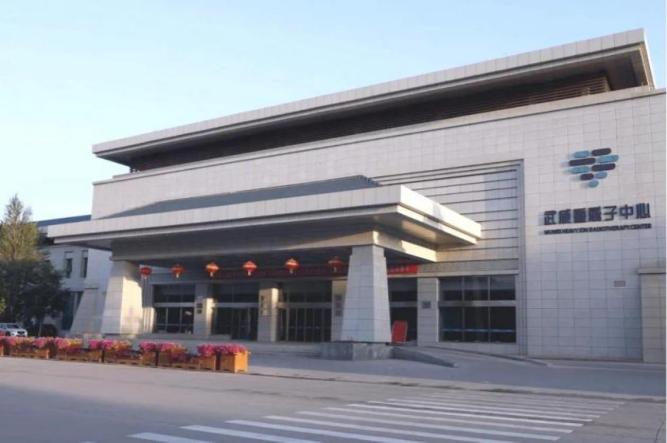

The Department of Radiation Oncology I has gathered a group of medical elites with superb medical skills and noble medical ethics. The department director, Ma Youguo, is well-known in the field. With 26 years of rich clinical experience, he can accurately diagnose complex conditions with his profound professional knowledge and excellent judgment, leading the team to break through medical problems. The doctor team includes both experienced senior experts and energetic middle-aged and young backbones. They constantly study cutting-edge medical technologies, regularly participate in domestic and international academic exchanges, and integrate the latest concepts and methods into clinical treatment. Meanwhile, the nursing team led by Head Nurse Ma Yanping adheres to the service concept of "patient-centered". They take meticulous care of patients 24 hours a day, providing all-round care from daily nursing to psychological care. Their warm smiles and attentive services have become a solid support for patients on the road to recovery.
Aunt Zhang is an optimistic and cheerful old lady. She used to live a leisurely life at home. However, a sudden abdominal pain shattered her peaceful life. When she went to the hospital for an examination, a nightmare struck-pancreatic malignant tumor. This examination result was like a bolt from the blue, plunging her and her family into the abyss of despair. After making inquiries from various sources, Aunt Zhang's son heard that the Department of Radiation Oncology I of the Wuwei Heavy Ion Center had excellent technology in the treatment of pancreatic malignant tumors. With a mixture of anxiety and anticipation, Aunt Zhang and her family traveled thousands of miles from Ordos, Inner Mongolia, to this place. When they entered the hospital, the enthusiastic guidance of the medical guides, the high-end and spacious medical environment, and the clean and warm atmosphere of the department made them feel extremely comfortable. From the soft lighting to the spacious space, every detail had been carefully considered to relieve the patients' tension and unease. This also put Aunt Zhang and her family at ease.
In the Department of Radiation Oncology I, the first step is an accurate condition assessment. The radiologists use advanced equipment such as PET-CT and MRI to conduct a comprehensive scan of Aunt Zhang's tumor, accurately measuring the size, location, shape of the tumor and its relationship with surrounding tissues and organs, and obtaining accurate data. After the examination, we also found that Aunt Zhang had liver occupation, sludge accumulation in the gallbladder, multiple gallstones in the gallbladder, cholecystitis, and jaundice of the whole body's skin, mucosa and sclera. Aunt Zhang's condition was a bit more complicated than expected. Director Ma Youguo immediately invited multi-disciplinary tumor experts for a joint consultation. Aunt Zhang's condition required the placement of a biliary stent and the synchronous implementation of chemotherapy and carbon ion therapy. Li Shigong, an experienced surgical director, carefully studied Aunt Zhang's imaging data, accurately evaluated the relationship between the tumor location and surrounding tissues, and made a careful plan for the placement of the biliary stent. The attending doctor, Guo Meiju, made a detailed plan from the selection of chemotherapy drugs to the adjustment of the dosage, striving to suppress the tumor to the greatest extent while reducing side effects. In addition, the nutritionist customized an exclusive nutrition plan for Aunt Zhang to enhance her physical condition so that she could better cope with the treatment. At the same time, after evaluation, Director Ma also immediately carried out preparatory work for Aunt Zhang, such as making a film before carbon ion treatment, positioning, contouring the target area, and implementing the plan.
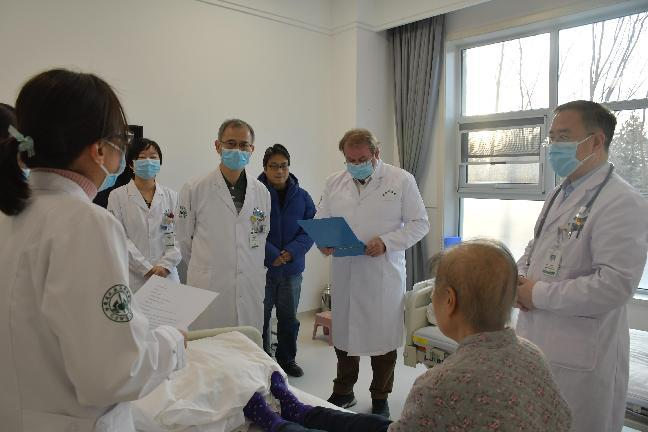
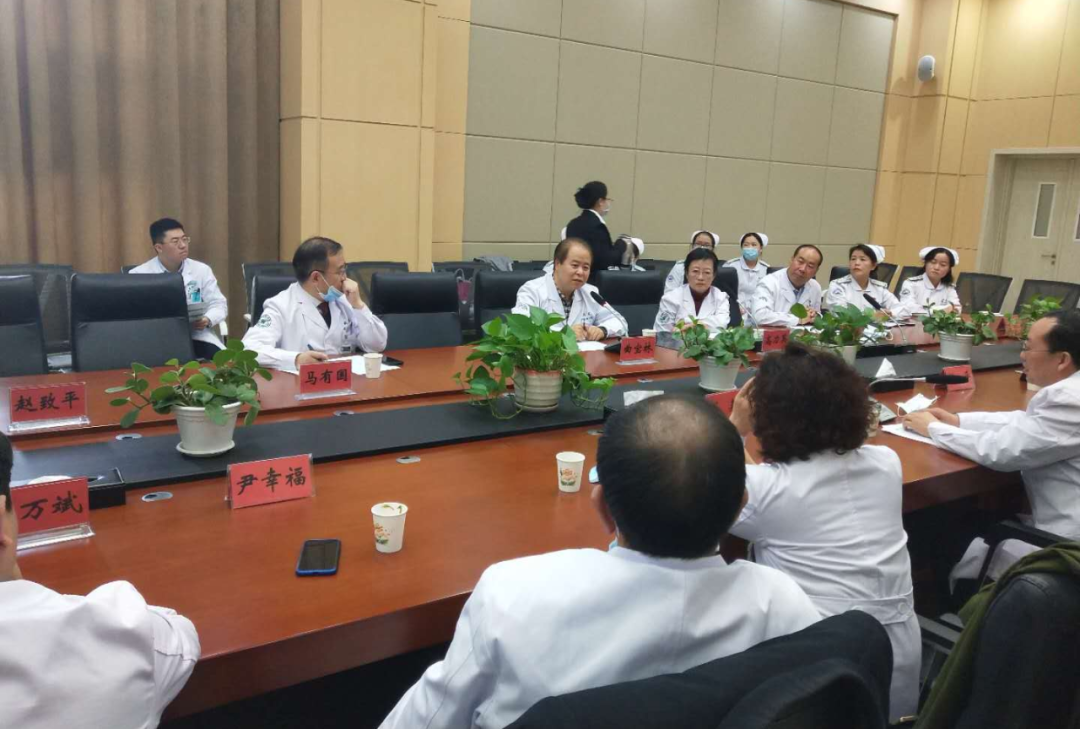
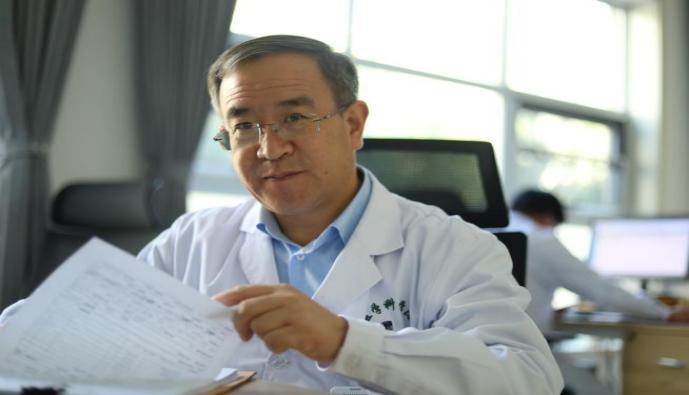
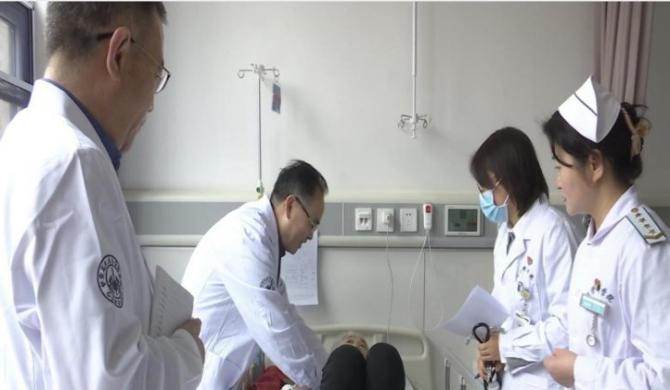
Entering the stage of treatment plan formulation. Based on the results of the condition assessment, the radiotherapy physicists use a professional treatment planning system to repeatedly simulate the dose distribution of the carbon ion beam in the tumor tissue. They are like precise craftsmen, carefully adjusting various parameters to ensure that the carbon ion beam can accurately irradiate the tumor while minimizing damage to the surrounding normal tissues. After multiple optimizations, the ideal treatment plan was finally determined.
The treatment officially began. Aunt Zhang lay on the treatment bed, and the robotic arm moved slowly, precisely focusing the carbon ion beam on the tumor site. Each irradiation carried the hope of life. The entire treatment was carried out in multiple courses over several weeks. During the treatment, the medical staff closely observed and monitored Aunt Zhang's physical reactions and changes in her condition. The team led by Director Ma Youguo of the First Department of Radiotherapy made daily rounds, carefully inquiring about Aunt Zhang's feelings and adjusting the treatment plan in a timely manner according to the actual situation. Head Nurse Ma Yanping and the nurses took good care of Aunt Zhang, providing her with care in daily life and psychological comfort to relieve her nervousness.
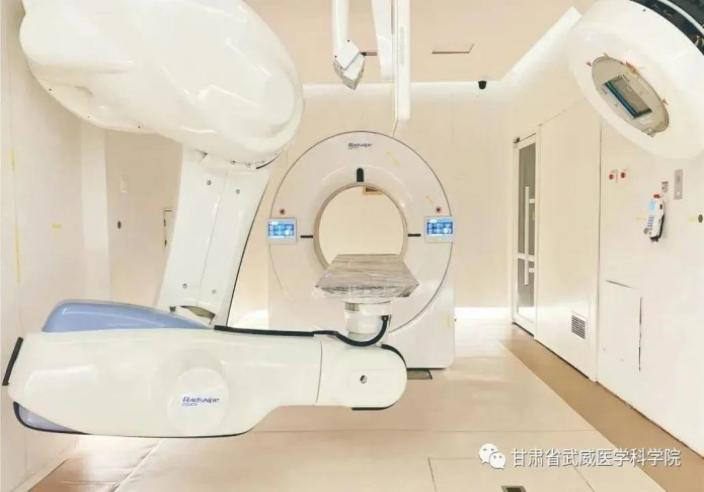
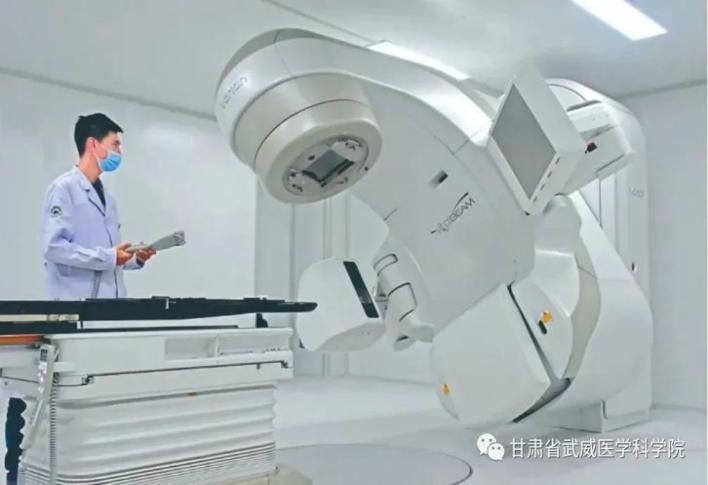
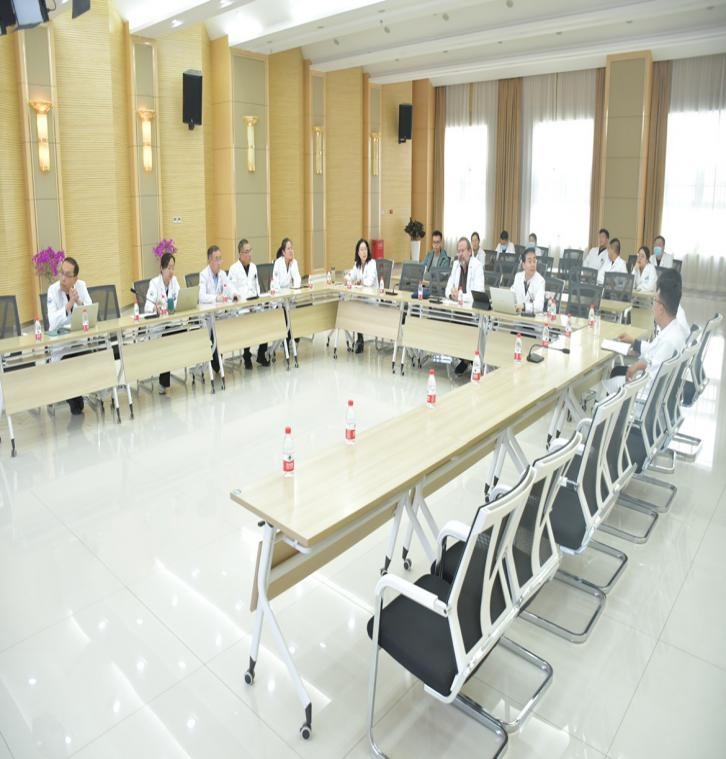
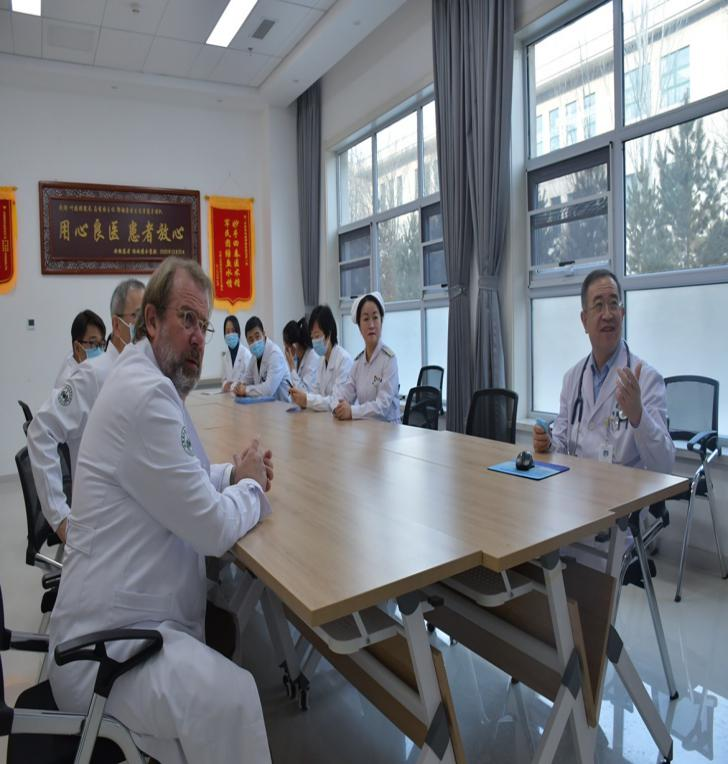
After the treatment, a miracle happene through perseverance. The review three months later showed that the volume of the primary lesion had shrunk by 60%, and the activity of the liver metastases had been significantly inhibited. What was even more gratifying was that no expected side effects such as radiation enteritis occurred throughout the treatment. Now, Aunt Zhang, who undergoes regular reviews, has a ruddy complexion, and her eyes, once covered by jaundice, shine with new luster. Behind this joy of rebirth is the ultimate interpretation of the word "precision" by the Department of Radiation Oncology I of Gansu Wuwei Cancer Hospital.
卓越团队成就强大专科
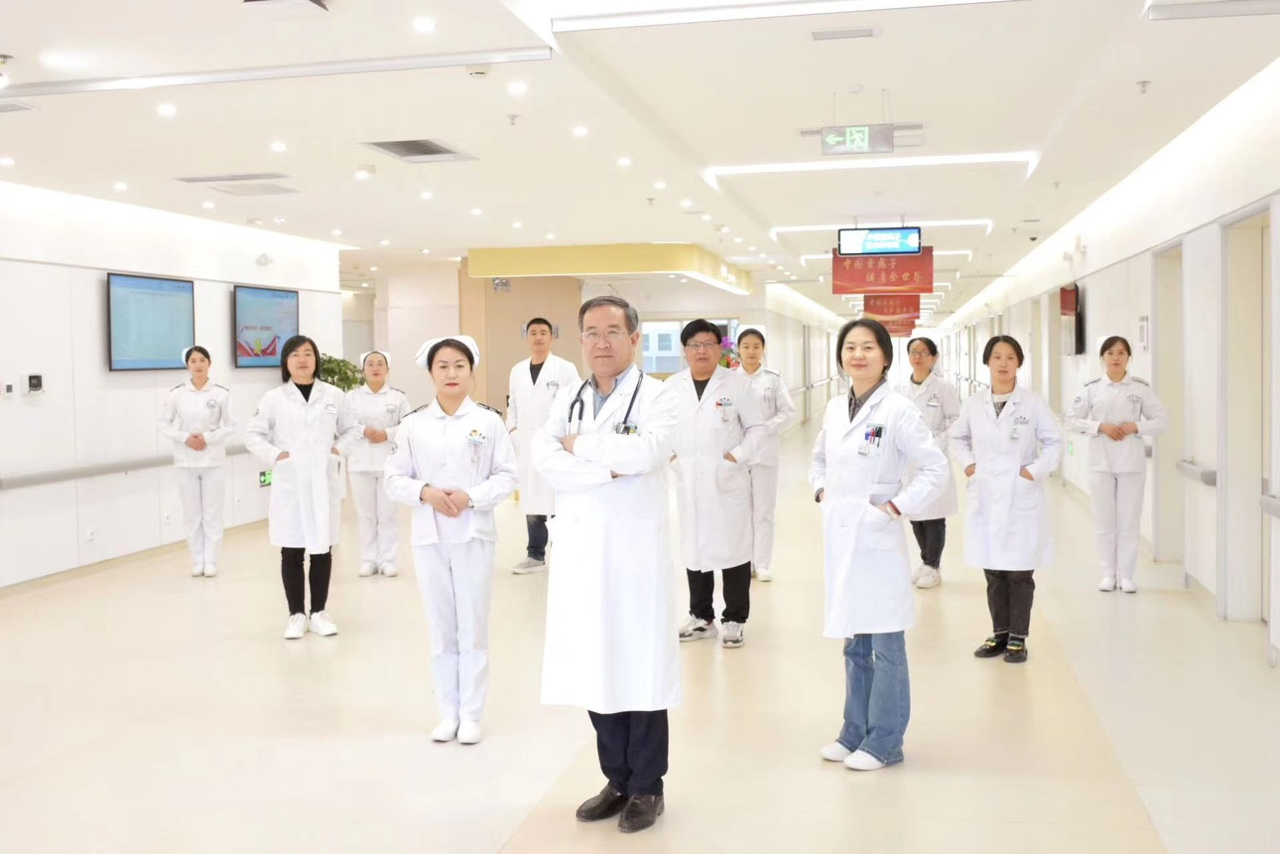
Wuwei Heavy Ion Center is a professional institution for carbon ion clinical treatment under Gansu Wuwei Cancer Hospital, a Class III Grade A hospital. The hospital is the only one in the world operating two heavy ion treatment systems and the first to use the Chinese heavy ion treatment system. Wuwei Heavy Ion Center officially opened for treatment on March 26, 2020. As of now, and has completed the treatment of 1,828 patients. The treatment scope covers more than 40 diseases such as lung cancer, pancreatic cancer, liver cancer, and glioma, all achieving good clinical results. Currently, patients from all over the country, including Hong Kong, Macau, and Taiwan, as well as foreign patients from Belgium, South Korea, Australia, and other countries, have come to the hospital for treatment on a regular basis.
The First Department of Radiotherapy currently has 15 medical staff, a professional and technical team with rich knowledge reserves and full of vitality. Among them, Professor Ren Yimin, the director of the Department of Radiotherapy of Tri-Service General Hospital in Taiwan, serves as the technical and academic advisor. Moreover, many doctors have been given the opportunity to study abroad, and they have exchanged and studied at proton/heavy ion and photon treatment centers in the United States, Germany, and Japan, learning advanced technologies and broadening their horizons. The director of the department, Associate Chief Physician Ma Youguo, has been engaged in radiotherapy work for more than 26 years. He has personally experienced the development and growth of the radiotherapy department of our hospital. He has been dispatched several times to well-known radiotherapy centers across the country such as Sichuan Cancer Hospital and Peking University Cancer Hospital for further study. He was also selected to exchange and study at the "Scripps" Proton Center in San Diego, USA, and the "NIRS" Heavy Ion Treatment Center in Japan. He has rich clinical experience in tumor radiotherapy and chemotherapy.
The department mainly conducts carbon ion and photon radiotherapy for abdominal and pelvic malignancies such as pancreatic cancer, liver cancer, cholangiocarcinoma, colorectal cancer, kidney cancer, prostate cancer, soft tissue sarcoma, as well as benign diseases such as keloids, bone tumors, and vascular malformations. It also carries out comprehensive treatments for various malignant tumors, including chemotherapy, targeted therapy, immunotherapy, and cellular immunotherapy.
The Department of Radiation Oncology I always adheres to the service concept of "patient-centered" and is committed to providing high-quality, efficient, and warm medical services to patients. All the medical staff in the department will continue to work hard and use their excellent medical skills and noble medical ethics to escort the health of the majority of tumor patients.

Scan the QR code and follow us!
